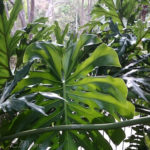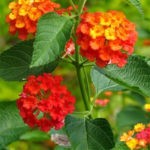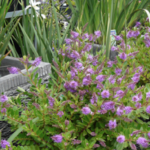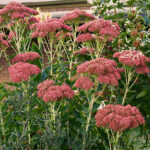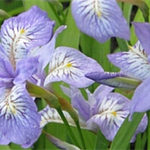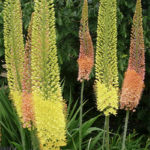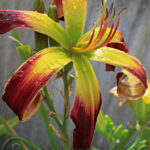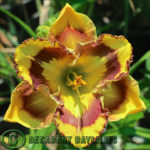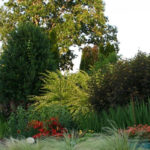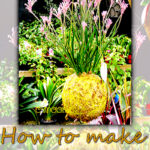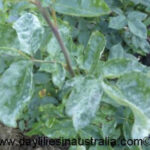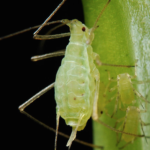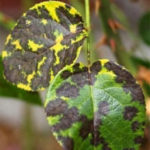
Growing Gardenias Black Plastic Pots
Growing Gardenias in Pots
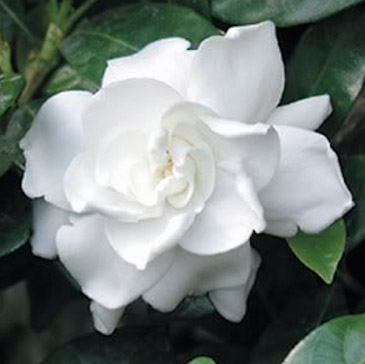 Gardenias are ornamental shrubs with fragrant, white funnel shaped flowers and dark green foliage. The well known varieties of Gardenia are ‘Prof.Pucci’, ‘Magnifica’ and ‘Fortuniana’. Gardenias are found in Asia, Africa and Australia and love warm climates and are ideal container plants. Though they can tolerate mild frost conditions, they will flower slowly. The best flowering is expected when the days are warm and nights are cool. The flowers are either single or in double or semi-double forms. This plant grows well in humus rich, well drained acidic soil. In cold climates, it can be grown in heated greenhouses. It is usually propagated using stem cuttings, which are half-hardened. Here is a guide to keep your Gardenias healthy and thriving while growing gardenias in pots.
Gardenias are ornamental shrubs with fragrant, white funnel shaped flowers and dark green foliage. The well known varieties of Gardenia are ‘Prof.Pucci’, ‘Magnifica’ and ‘Fortuniana’. Gardenias are found in Asia, Africa and Australia and love warm climates and are ideal container plants. Though they can tolerate mild frost conditions, they will flower slowly. The best flowering is expected when the days are warm and nights are cool. The flowers are either single or in double or semi-double forms. This plant grows well in humus rich, well drained acidic soil. In cold climates, it can be grown in heated greenhouses. It is usually propagated using stem cuttings, which are half-hardened. Here is a guide to keep your Gardenias healthy and thriving while growing gardenias in pots.
Growing Gardenias in Cold Climate
If you have Gardenia planted in outdoor areas, you need to protect during extreme cold climate. You are best to growing gardenias in pots. You can also try spray the leaves with envy this will give them extra protection from heat and frosts and saves you covering the plants with blankets and cardboard boxes each day in the winter, this is a lot of work. If you are growing gardenias in pots
or containers, you can move them to a sheltered location or you can bring the plant inside. If the branches turn black due to frost bites, prune the branches below the damaged part using pruning shears.
Planting Gardenias in Pots and in the Ground 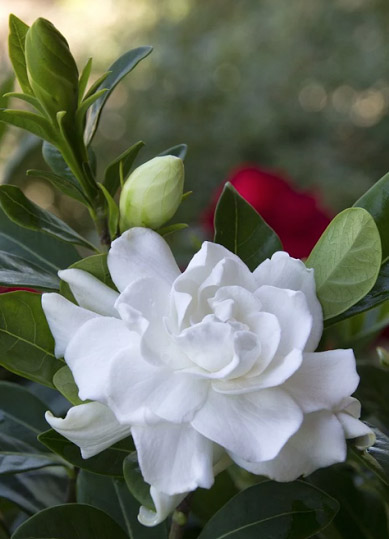
- To grow Gardenias in pots, take the wide mouthed pot and fill half of the pot with organic topsoil and then add two handfuls of coffee ground to make the soil acidic. Fill the pot with topsoil leaving two inches from the rim.
- Add crushed dead leaves to the soil to maintain the pH.
- In the ground dig a hole in the soil and place the Gardenia plant. Make sure that the root ball is covered in soil. Press the soil around the stem to keep the plant in position.
- Water the plant and place the plant in a filtered sunny area in the garden.
Growing Gardenias from Cuttings
To grow Gardenia from cuttings, first, take cuttings of five inches long from near the tip of the branch. This has to be soft and green in colour. Remove all the leaves from the cutting, leaving the two sets of topmost leaves. Prepare the pot for planting by adding potting soil, sand and peat in equal quantities. Dip the cutting of Gardenia in rooting hormone and plant the cutting in a hole created in the soil using your finger. Fill the hole with soil and press the soil around the stem. Place in a bright area where there is indirect sunlight. You should water only to keep the potting mix damp.
Maintaining Potted Gardenia
You need to snip the wilting and dead flowers during the blooming season for indoor as well as outdoor potted plants. This will encourage the growth of new buds. After the blooming stops, prune the plant to give it a good shape and to increase blooming in the next season. Cut back the outdoor plants just above the lateral branch to increase foliage growth as well as flowering. Prune the indoor potted plants only when necessary as they remain small.
What Is So Special About Gardenia Flowers?
Gardenias are the most impeccable plants. They also produce the most intoxicating fragrance. Much of their reputation is attributed to their superbly perfumed blooms, usually seen the more common variety with the perfect contrast between their perfume white blooms and dark green leathery foliage. There is also a yellow version called Golden Magic the flowers turn yellow as they age. Gardenia flowers can be used to improve the artistic value of a wide range of spaces such as living rooms, offices, restaurants, churches, and weddings.
Gardenia Care
Keep the plants well watered during the growing season and they will thrive. Prune the plant when the plant is dormant. Mulch the soil to help in moisture retention. During the growing season, fertilise Gardenia with acid base fertiliser every 3 weeks. The most common pests known to attack Gardenias are white flies as well as Mealybugs. Use the appropriate horticultural oils and insecticidal soaps to deal with these pests.


